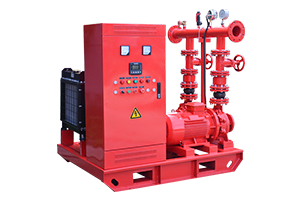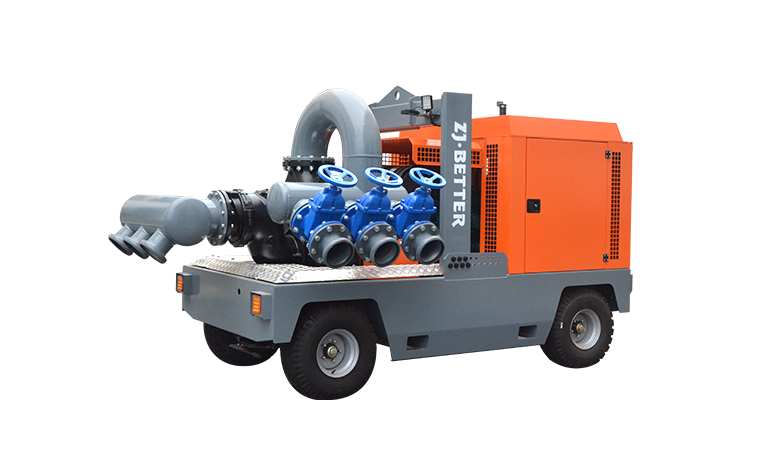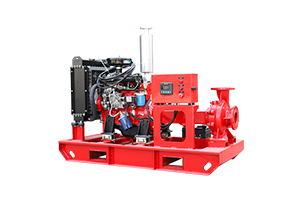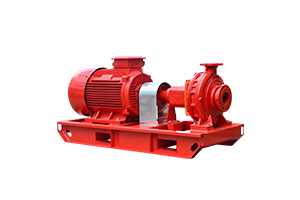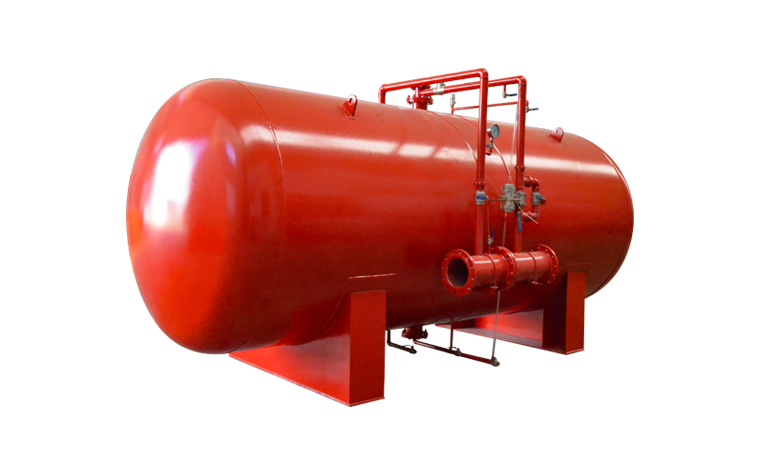-
 Jun 12, 2024What considerations are there for integrating fire pumps with fire suppression systems using alternative agents, such as foam or inert gases?Integrating fire pumps with fire suppression systems using alternative agents, such as foam or inert gases, requires careful consideration of several factors:
Jun 12, 2024What considerations are there for integrating fire pumps with fire suppression systems using alternative agents, such as foam or inert gases?Integrating fire pumps with fire suppression systems using alternative agents, such as foam or inert gases, requires careful consideration of several factors:
Agent Compatibility: Ensure that the fire pump is compatible with the specific agent being used and capable of delivering the required flow rate and pressure to effectively disperse the agent within the protected area.
System Design: Design the fire suppression system layout, including piping, nozzles, and distribution methods, to optimize the delivery and distribution of the agent for efficient fire suppression.
Activation Mechanism: Implement controls and activation mechanisms that coordinate the operation of the fire pump with the release of the agent, ensuring timely and effective response to fire events.
Maintenance Requirements: Consider the maintenance requirements of the fire suppression system and ensure that the fire pump is regularly inspected, tested, and maintained to ensure its readiness and reliability in emergency situations.View details -
 Jun 12, 2024What advancements are being made in fire pump control and monitoring technology, and how do they enhance system performance?Advancements in fire pump control and monitoring technology are driving improvements in system performance, reliability, and efficiency:
Jun 12, 2024What advancements are being made in fire pump control and monitoring technology, and how do they enhance system performance?Advancements in fire pump control and monitoring technology are driving improvements in system performance, reliability, and efficiency:
Digital Control Systems: Modern fire pump controllers feature advanced digital control systems with intuitive interfaces, customizable settings, and integrated diagnostic capabilities, allowing for precise control and monitoring of pump operation.
Remote Monitoring and Telemetry: Integration of remote monitoring and telemetry systems enables real-time monitoring of fire pump performance and status from anywhere with internet connectivity, facilitating proactive maintenance, troubleshooting, and rapid response to potential issues.
Predictive Analytics: Implementation of predictive analytics algorithms and machine learning techniques enables early detection of potential pump failures or performance deviations, allowing for predictive maintenance interventions to be performed before critical failures occur, minimizing downtime and ensuring system reliability.
Energy Optimization: Integration of energy optimization features, such as variable frequency drives (VFDs) and energy-efficient pump designs, helps optimize energy consumption, reduce operating costs, and enhance overall system efficiency while maintaining compliance with regulatory requirements and performance standards.View details -
 Jun 11, 2024What are the factors influencing the lifecycle costs of fire pump systems?The lifecycle costs of fire pump systems are influenced by a variety of factors, encompassing initial costs, operational expenses, and maintenance over the system's lifespan. Here are the primary factors:
Jun 11, 2024What are the factors influencing the lifecycle costs of fire pump systems?The lifecycle costs of fire pump systems are influenced by a variety of factors, encompassing initial costs, operational expenses, and maintenance over the system's lifespan. Here are the primary factors:
View details -
 Jun 11, 2024How do fire pump systems handle redundancy and reliability in critical infrastructure?Fire pump systems are crucial components in fire protection strategies for critical infrastructure, ensuring a reliable water supply to fire suppression systems. To handle redundancy and reliability, these systems are designed with several key features and practices:
Jun 11, 2024How do fire pump systems handle redundancy and reliability in critical infrastructure?Fire pump systems are crucial components in fire protection strategies for critical infrastructure, ensuring a reliable water supply to fire suppression systems. To handle redundancy and reliability, these systems are designed with several key features and practices:
View details -
 Jun 07, 2024How can you improve the energy efficiency of a fire pump system?Improving the energy efficiency of a fire pump system can involve various strategies aimed at reducing energy consumption while ensuring the system's effectiveness. Here are some suggestions:
Jun 07, 2024How can you improve the energy efficiency of a fire pump system?Improving the energy efficiency of a fire pump system can involve various strategies aimed at reducing energy consumption while ensuring the system's effectiveness. Here are some suggestions:
View details -
 Jun 07, 2024How do you address corrosion in fire pump systems?Corrosion in fire pump systems can compromise their functionality and reliability, which is critical for ensuring safety in emergency situations. Addressing corrosion involves several steps:
Jun 07, 2024How do you address corrosion in fire pump systems?Corrosion in fire pump systems can compromise their functionality and reliability, which is critical for ensuring safety in emergency situations. Addressing corrosion involves several steps:
View details

